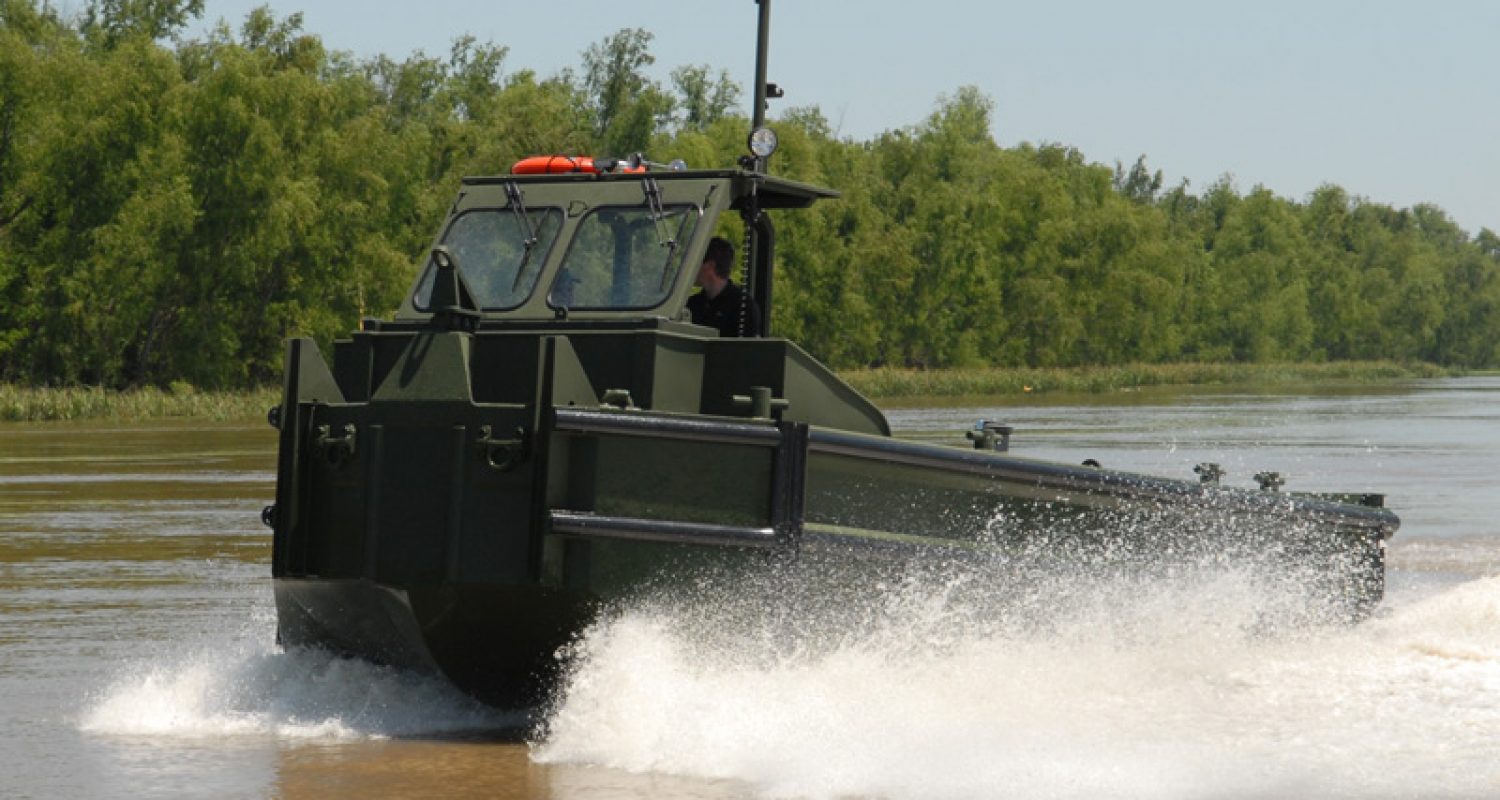The vessels are road, air and sea transportable and are used to construct and manage floating ribbon (pontoon) bridges for mobile armoured units. When coupled to a bridge section they can also be used to ferry military vehicles across open water.
A key component of the design is the NAMJet propulsion unit (water jet) which provides significantly more thrust at lower speeds than other water jets on the market today.
BEBs are a vital mobility asset for any army requiring water crossing capability. They are used to manoeuvre floating modules to create bridges or act as ferries across strategic waterways while also providing thrust anchorage against strong currents during bridge construction and operation.
The importance of this type of bridge system was reinforced during Operation Iraqi Freedom in 2003 when the US Army took only five hours to build a 600 metre ribbon bridge across the Tigris River. This was the longest floating bridge constructed in a combat zone since WWII.
The US Army BEBs have NAMJet Traktor water jets which produce 30% more thrust and a significantly higher top speed of 24 knots. NAMJet (North American Water Jet) is owned by Birdon.
Birdon is currently delivering an initial run of 25 vessels –known as the Low Rate Initial Production phase (LRIP) –for a fixed sum of just over US$9 million. This LRIP phase is being used to finalise key design factors and bed down production processes before final delivery targets are set and full production begins. The first 25 BEBs –the LRIP vessels –are being built by Birdon America at its Denver facility. LRIP is due for completion at the end of 2017 and will be followed by the construction of up to 374 production BEBs over the next four years with a potential contract value of $US252 million.
